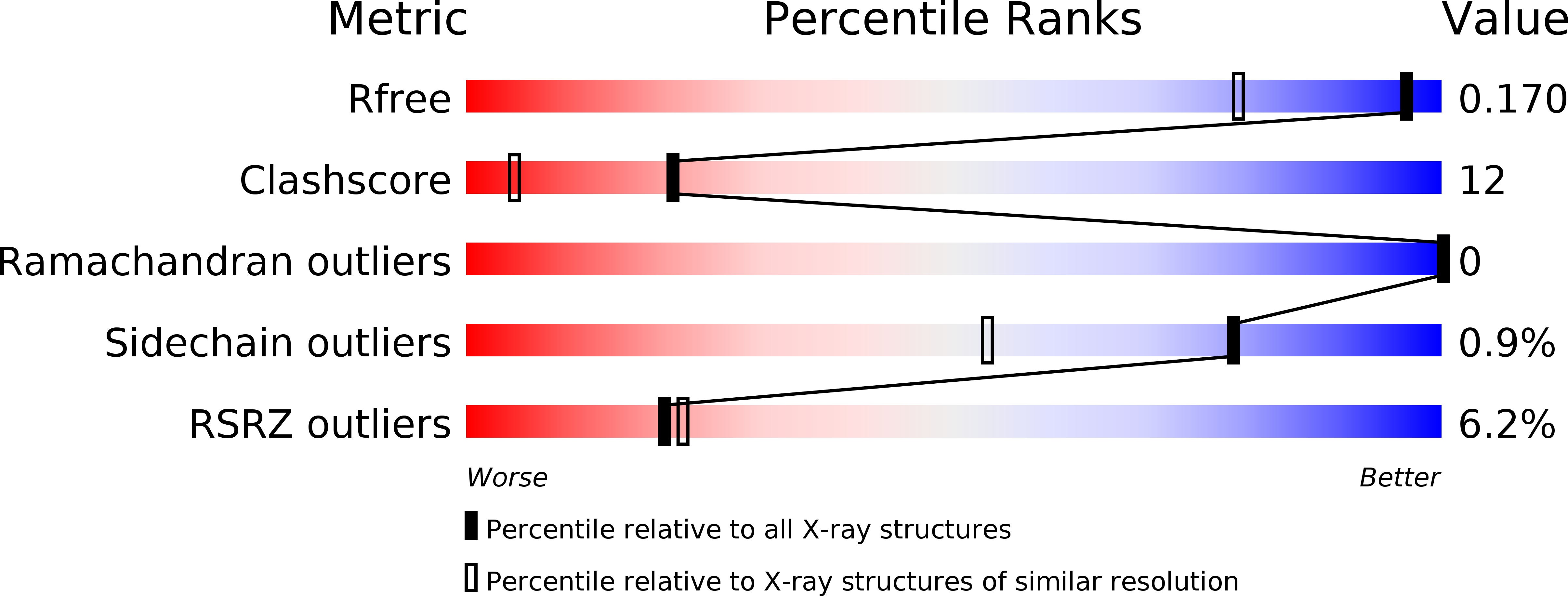
Deposition Date
2011-11-02
Release Date
2012-12-12
Last Version Date
2023-09-13
Entry Detail
PDB ID:
3UGL
Keywords:
Title:
Structural and functional characterization of an anesthetic binding site in the second cysteine-rich domain of protein kinase C delta
Biological Source:
Source Organism:
Mus musculus (Taxon ID: 10090)
Host Organism:
Method Details:
Experimental Method:
Resolution:
1.36 Å
R-Value Free:
0.17
R-Value Work:
0.14
R-Value Observed:
0.14
Space Group:
P 1 21 1


